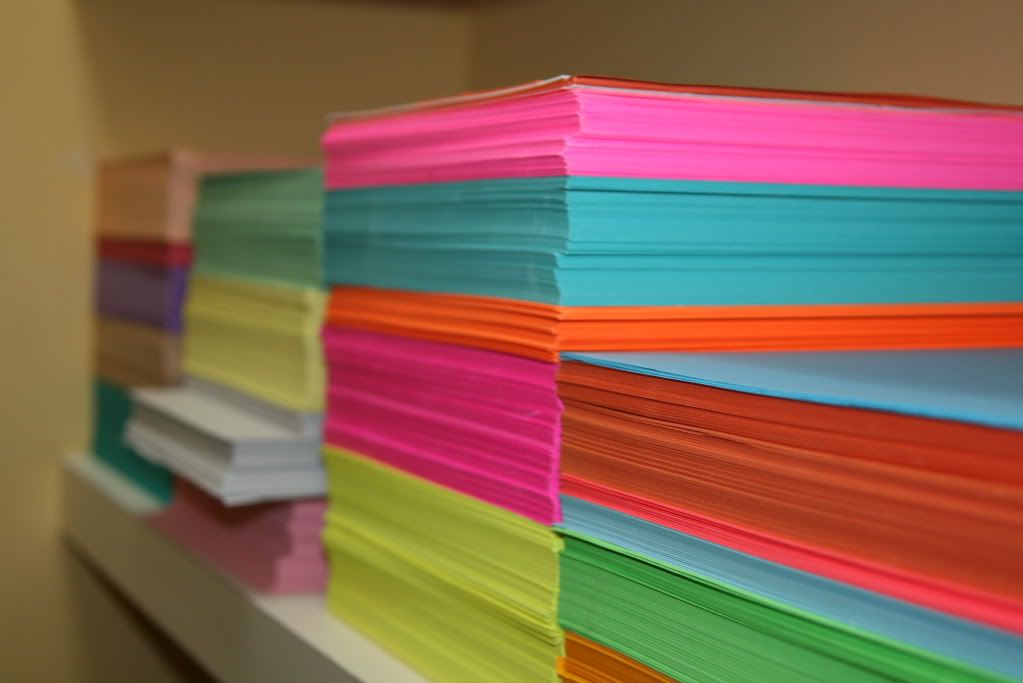Can you imagine a world without paper? Opisina.com.ph goes back in time and learns how paper was invented.

The term “paper” was derived from the word “papyrus” a kind of plant which grew abundantly in the Nile delta region. While the origins of modern papermaking adapted today could be traced back to the Chinese, Egyptians have been using papyrus, a paper-like material for writing and drawing, the oldest of which dating back to 2,600 B.C. It was owned by the Egyptian king Assa and was used as a balance sheet.
During those times, the size of a single piece of papyrus varies depending on its purpose. Non-literary documents such as envelopes, papers, account-sheets, and receipts would make use of a single sheet, but literary texts would be written on longer papyrus rolls that would extend up to 40 yards! Scribes found it arduous, however, to write on rolls which led to the development of the papyrus rolls into a codex (a type of manuscript book), which, by the way, was also been seen by scholars as a “counter-culture” stance (codices seemed “unfashionable” at that time).
Papyrus was made by separating the pith of the Cyperus papyrus plant with a needlepoint into thin but wide strips. A layer of these strips would be laid vertically on a board and moistened with muddy water from the Nile River. The muddy quality of the water would serve as an adhesive for the strips. Next, a second layer running horizontally would be pressed on top of the vertical strips until bound together. They will be dried under the sun and will be packaged into rolls or sheets.
In Rome, different types of paper were being made, much like the ones we have today that come in different grams per meter squared (GSM). According to Pliny the Elder (23 AD – 79 AD) in his book Natural History (Naturalis Historia), papyrus was classified based on the part of the plant where it came from (the preferred quality was from the center) and its order of slicing. Among a few of these types of papyrus were the Augustan or “hieratic,” the finest of all papyri which was used for religious books; the “amphitheatric” which was named after its manufacturing location; and the “emporitic,” one of the poorest grades, which was used as wrappers and envelops by merchants.
In China, papermaking started to flourish during the Han dynasty and was said to have been pioneered by Han court official Cai Lun. The process involved pounding rags of cloth, bark of trees, scraps of hemp and fishing nets, and soaking them in water until they’ve been reduced to a mass of fibers. The fibers will be then be collected, laid flat on a mat to remove excess water. In the latter part of the Han dynasty, the bark of Paper mulberry had been used to produce finer and high-quality paper. Two dynasties after, during the Eastern Jin period, paper had been treated with insecticides to prolong its shelf life.
Paper has come a long way from those times and one thing’s for sure: if it hadn’t been invented, the world wouldn’t have been as advanced as it is now.
Explore our various paper products today:



Corona Spiral Notebook Expanding Envelope with Garter Kraft File Folder

